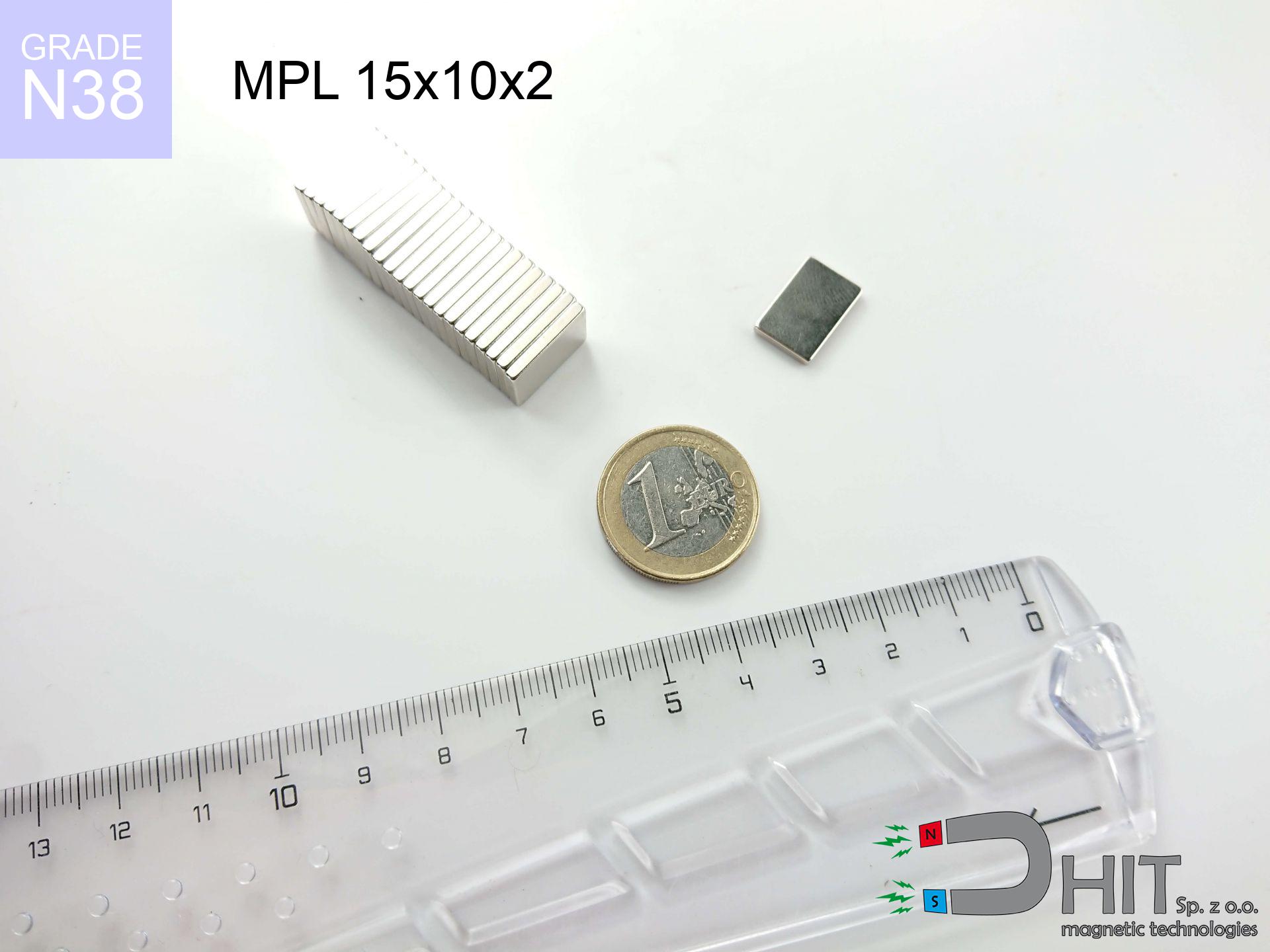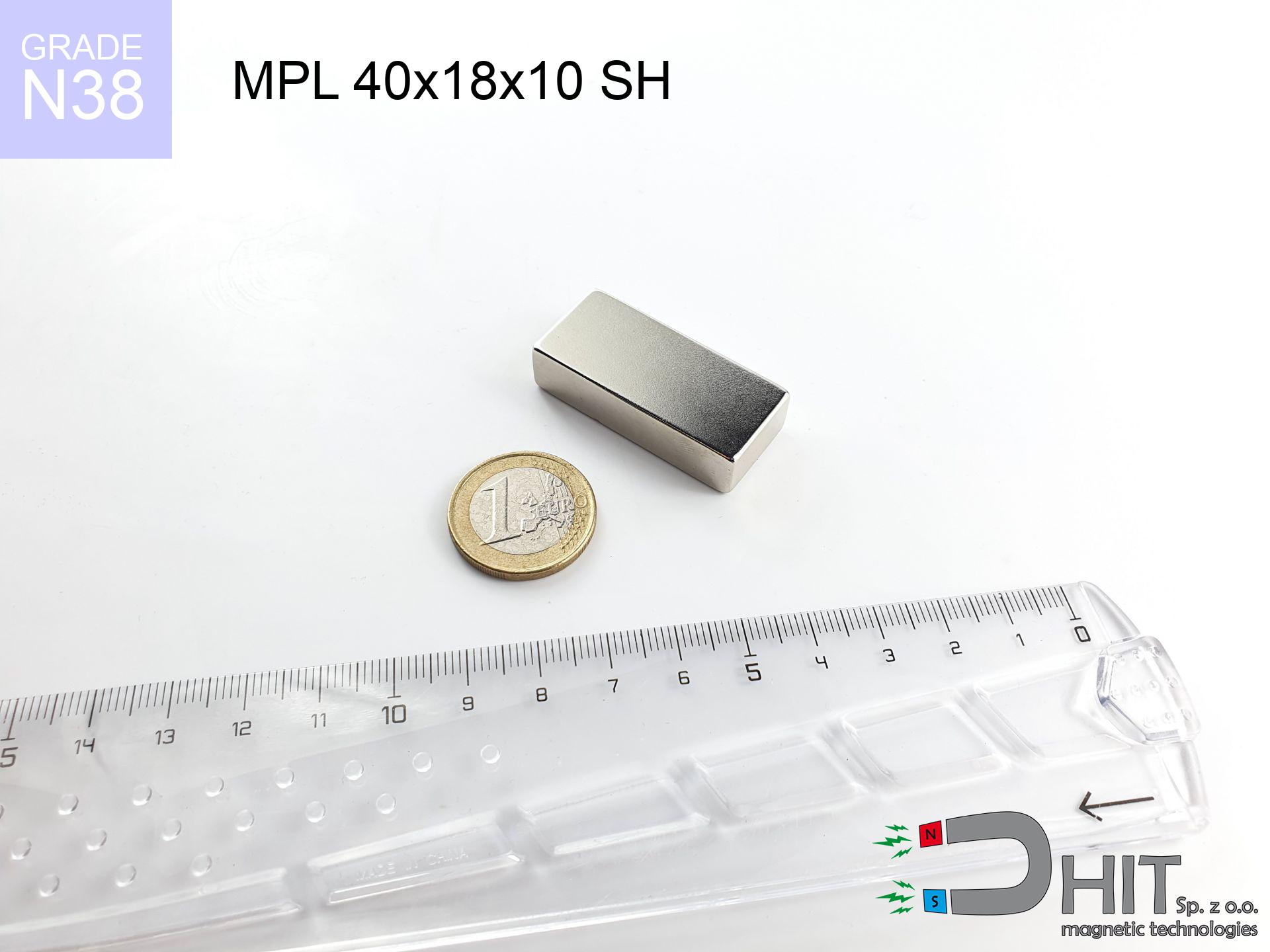LM TLN - 22 SQ
magnetic leviton
catalog number 290494
GTIN: 5906301814528
catalog number 290494
GTIN: 5906301814528
523.00 ZŁ gross price (including VAT) / pcs +
425.20 ZŁ net price + 23% VAT / pcs
Don't know what to buy?
Call us tel: +48 22 499 98 98 or get in touch via form on the contact page. You can check the mass and the shape of neodymium magnets in our magnetic mass calculator magnetic mass calculator
Orders placed by 2:00 PM will be shipped on the same business day.
Specification: magnetic leviton TLN - 22 SQ
Notice: Undefined index: in /home/currara/domains/dhit.pl/public_html/app/scripts/product-details.php on line 829
Choose recommended products
Advantages and disadvantages of neodymium magnets NdFeB.
Apart from immense strength, neodymium magnets have the following advantages:
- They do not lose strength over time - after 10 years, their power decreases by only ~1% (theoretically),
- They are exceptionally resistant to demagnetization caused by an external magnetic field,
- Thanks to the shiny finish and nickel, gold, or silver coating, they have an aesthetic appearance,
- They have very high magnetic induction on the surface of the magnet,
- Thanks to their high temperature resistance, they can operate (depending on the form) even at temperatures up to 230°C and above...
- The ability for precise shaping or customization to specific needs – neodymium magnets can be produced in various forms and dimensions, which expands the range of their possible uses.
- Wide application in advanced technologically fields – find application in computer drives, electric motors, medical equipment or very advanced devices.
Disadvantages of neodymium magnets:
- They can break as they are extremely fragile when subjected to a strong impact. If the magnets are exposed to impacts, it is suggested using magnets in a protective case. The steel housing in the form of a holder protects the magnet from impacts and simultaneously increases its overall strength,
- Magnets lose their strength due to exposure to high temperatures. In most cases, when the temperature exceeds 80°C, these magnets experience permanent reduction in strength (although it is worth noting that this is dependent on the shape and size of the magnet). To avoid this problem, we offer special magnets marked with the [AH] symbol, which exhibit high temperature resistance. They can operate even at temperatures as high as 230°C or more,
- They rust in a humid environment. For outdoor use, we recommend using waterproof magnets, such as those made of rubber or plastic,
- The use of a cover or a magnetic holder is recommended due to the limited possibilities of manufacturing threads or complex shapes in the magnet
- Possible danger arising from small pieces of magnets are risky, if swallowed, which is particularly important in the context of child safety. Furthermore, tiny parts of these magnets have the potential to be problematic in medical diagnosis when they are in the body.
Exercise Caution with Neodymium Magnets
Do not give neodymium magnets to youngest children.
Neodymium magnets are not toys. You cannot allow them to become toys for children. In such a situation, surgery is necessary to remove them. In the worst case scenario, it can result in death.
Do not place neodymium magnets near a computer HDD, TV, and wallet.
The strong magnetic field generated by neodymium magnets can damage magnetic media such as floppy disks, video tapes, HDDs, credit cards, magnetic ID cards, cassette tapes, or other devices. They can also destroy devices like video players, televisions, CRT computer monitors. Remember not to place neodymium magnets close to these electronic devices.
Neodymium magnets should not be near people with pacemakers.
Neodymium magnets generate very strong magnetic fields that can interfere with the operation of a pacemaker. This is because many of these devices are equipped with a function that deactivates the device in a magnetic field.
Neodymium magnetic are delicate as well as can easily break as well as get damaged.
Neodymium magnetic are highly delicate, and by joining them in an uncontrolled manner, they will crumble. Neodymium magnets are made of metal and coated with a shiny nickel, but they are not as durable as steel. At the moment of connection between the magnets, sharp metal fragments can be dispersed in different directions.
Avoid bringing neodymium magnets close to a phone or GPS.
Neodymium magnets are a source of strong magnetic fields that cause interference with magnetometers and compasses used in navigation, as well as internal compasses of smartphones and GPS devices.
Neodymium magnets can attract to each other, pinch the skin, and cause significant injuries.
If joining of neodymium magnets is not under control, then they may crumble and crack. You can't approach them to each other. At a distance less than 10 cm you should hold them very firmly.
The magnet is coated with nickel. Therefore, exercise caution if you have an allergy.
Studies clearly indicate a small percentage of people who suffer from metal allergies such as nickel. An allergic reaction often manifests as skin redness and rash. If you have a nickel allergy, try wearing gloves or avoid direct contact with nickel-plated neodymium magnets.
Neodymium magnets are among the most powerful magnets on Earth. The surprising force they generate between each other can shock you.
Make sure to review all the information we have provided. This will help you avoid harm to your body and damage to the magnets.
Dust and powder from neodymium magnets are highly flammable.
Avoid drilling or mechanical processing of neodymium magnets. If the magnet is crushed into fine powder or dust, it becomes highly flammable.
Neodymium magnets can demagnetize at high temperatures.
In certain circumstances, Neodymium magnets can lose their magnetism when subjected to high temperatures.
In order to show why neodymium magnets are so dangerous, read the article - How dangerous are very powerful neodymium magnets?.



![magnetic separator 32x275 [2xM8] / N42 magnetic separator 32x275 [2xM8] / N42](https://cdn3.dhit.pl/graphics/products/sm-32x275-2xm8-hac.jpg)



